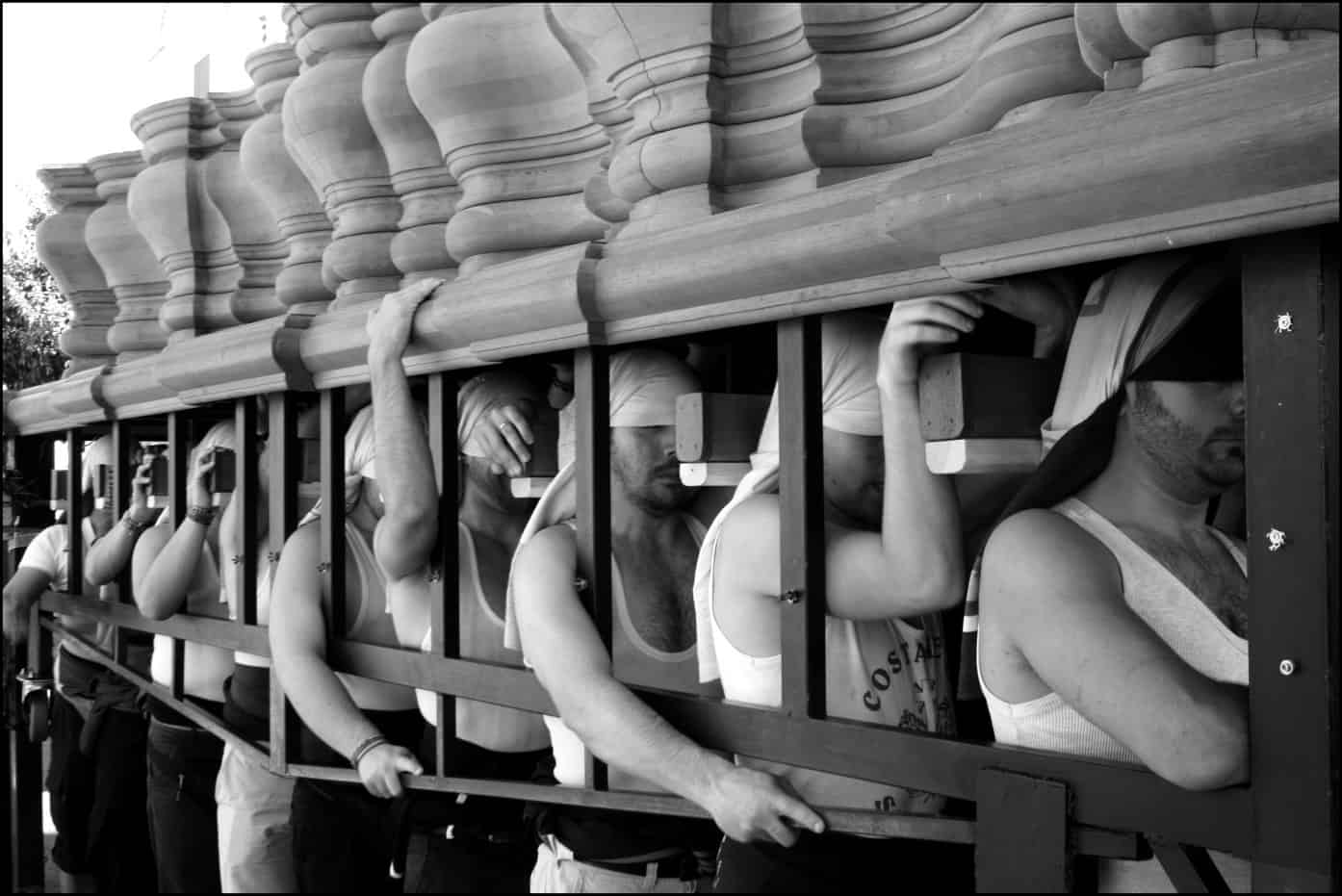Content courtesy of Devour Sevilla
Semana Santa in Seville is one of our most iconic celebrations, and the week leading up to Easter is a fascinating time to be in the city. But what exactly does Holy Week in Seville involve?
Spring in Seville means two things, Semana Santa (Holy Week in English) and our similarly extravagant April Fair celebration. While the fair is all about traditional dance, delicious food, and ice-cold sherry, Semana Santa takes a very different tone.
Huge statues representing various images from the Passion of Jesus Christ take the streets in processions that last up to 12 hours. Schools shut, certain workplaces close and the whole city bands together in appreciation of the spectacle. But, what makes Semana Santa in Seville so special? Read on to find out!
Before we dive into the ins and out of Seville’s well-loved Holy Week celebration, have a look at this great introductory video from our expert guide, Sara. Semana Santa 101 from a passionate local expert, check it out!
What exactly is Semana Santa?
Semana Santa takes place the week leading up to Easter and is a celebration that locals spend all year preparing for. In 2017, it takes place from the 9th to the 16th of April. It is celebrated all over Spain and many people say it dates as far back as the 12th Century. The Seville celebration has existed since at least the 16th Century but is believed to have existed even earlier.
From Palm Sunday to Easter Sunday, processions take over the streets of Spain as a tribute to the Passion of Jesus Christ. The enormous statues (pasos) you see during the celebration originally had an educational function and put an image to the passages of The Bible. The people who walk the processions with the float are performing an act of penance, repenting their sins.

Semana Santa in Seville
There are parts of the Semana Santa tradition that are common across the whole country. However, certain cities have their own unique way to celebrate Holy Week. Here is an explanation of some of the most important parts of the tradition of Semana in Santa Seville!
Hermandad
Each of the 115 plus churches in Seville has a brotherhood (hermandad) associated with it. These locals are in charge of the social calendar of the church, especially the organization of the major Holy Week procession. Being part of a brotherhood isn’t a profession, just a sign of the extreme dedication of the locals to the tradition itself.
El Paso
The enormous pasos (floats that make up the procession) make a pilgrimage through the city. Each paso is an artistic representation of some part of the story of The Passion. Leaving their church, these statues, some of which are over 300 years old, wander through the narrow streets to the Cathedral. Having passed through the cathedral itself, they then turn for home. This results in certain processions lasting upwards of 12 hours. And what’s even more incredible, is that the floats are actually carried by devoted locals!

Costaleros
Costaleros, so named because of the white protective garment (el costal) they wear on their heads, take the weight of the float and carry it through the city. These locals are members of the church’s brotherhood. There are between 20 to 40 costaleros per float and they practice all year round, even in the extreme heat of August. Believe it or not, each year a special section of the hospital opens up to treat costalero injuries. Understandable given the floats can weigh up to a ton! While some processions are very long, costaleros will switch out every hour or two to take a bit of a break.
Nazarenos
Other participants in the processions include the nazarenos, wearing perhaps the most controversial dress of the celebration. The robe worn by these penitents doesn’t draw much attention. The same can not be said for the conical hood (capirote) which bears a striking resemblance to the dress worn by the K.K.K. Rest assured, no connection exists between the two traditions.
The unique dress was born from a desire to repent sins without revealing your identity, as the hood leaves only the wearer’s eyes on display. There can be up to a whopping 3,000 nazarenos participating in some of the bigger processions. Given their mysterious look, many nazarenos will carry bags of sweets and give them to kids as they go by so they know they’re friendly!

La Mantilla
Women wear this intricate headpiece towards the end of Semana Santa in Seville. These beautifully woven lace veils are exceptionally detailed. Women often seek professional help to fit them in place, as you have to weave your hair around the comb to keep it in place – not easy!
La Saeta
La Saeta is a traditional religious song you will hear at a certain point during the procession. This emotive, acapella performance is a highlight of Semana Santa in Seville for many locals. To sing the saeta is an honor, and only the best local performers get the sought-after opportunity. However, to witness it should be appreciated just as much. Hearing the angst of the performer in the presence of the paso as the entire crowd stands in complete silence is spectacular.

La Madrugá
The most significant night of the Semana Santa tradition is Holy Thursday leading into Good Friday. Madrugá coms from the Spanish word madrugada meaning early morning. Appropriate given processions run all night long through to the next day. One of the most important processions during this night is the Macarena, which also happens to be one of the biggest and most-watched of the whole celebration




